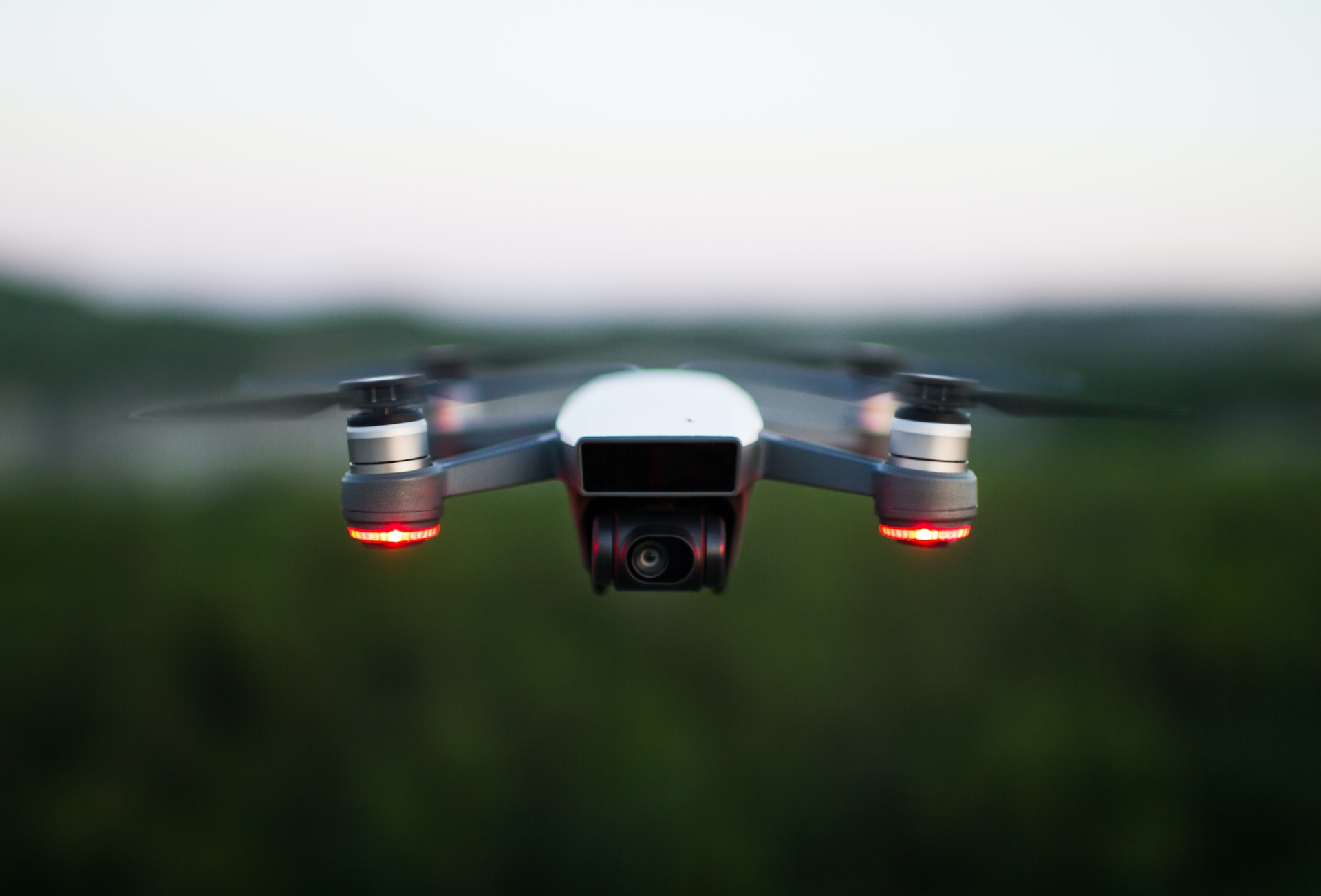How Drones Are Revolutionizing Agriculture and Farming

The use of drones in agriculture and farming is a relatively new development that has the potential to transform the entire industry. From crop monitoring and management to pesticide application and even seed planting, drones are providing farmers with new tools to increase efficiency, reduce costs, and improve crop yields.
The Benefits of Drone Technology in Agriculture
One of the biggest benefits of drones in agriculture is the ability to cover large areas of land in a relatively short amount of time. This makes it possible to gather accurate and up-to-date information about crops and soil conditions, which can be used to make informed decisions about fertilization, irrigation, and pest control. In addition, drones can be equipped with sensors that can detect plant health, water stress, and other key indicators, allowing farmers to make proactive decisions that can improve yields and reduce the risk of crop failure.
Precision Agriculture with Drones
Precision agriculture is a key application of drone technology in farming. By using high-resolution cameras and other sensors, drones can gather detailed information about crops and soil conditions, which can be used to optimize fertilizer and pesticide application, water management, and other critical aspects of farming. This helps to reduce the amount of resources required, improve crop yields, and minimize the risk of environmental damage.
Drone-Assisted Planting and Seeding
Another innovative application of drones in agriculture is drone-assisted planting and seeding. This involves using drones equipped with seed dispensers to cover large areas of land quickly and accurately. The use of drones can significantly reduce the time and effort required for manual planting and seeding, while also improving the accuracy of the process. In addition, drone-assisted planting and seeding can help to reduce the risk of soil erosion and improve the overall health of crops.
The Future of Drones in Agriculture
The future of drones in agriculture is promising, with new developments and innovations expected in the coming years. In particular, the use of artificial intelligence and machine learning algorithms is likely to play a significant role in the future of drone technology in farming, enabling drones to make real-time decisions and optimizations based on data gathered from crops and soil conditions. Additionally, the integration of drones with other technologies such as autonomous tractors and precision irrigation systems is expected to further improve efficiency and reduce costs in the industry.
Challenges and Concerns
Despite the many benefits of drones in agriculture, there are still challenges and concerns that must be addressed. One of the biggest challenges is the need for reliable and secure communication between drones and ground-based systems, as well as the need for efficient data management and analysis systems. In addition, there are concerns about privacy and security, particularly with regard to the use of drones for the surveillance and monitoring of crops.
Conclusion
Drones are revolutionizing the agriculture and farming industry, providing farmers with new tools and technologies to increase efficiency, reduce costs, and improve crop yields. From precision agriculture to drone-assisted planting and seeding, the potential applications of drone technology in farming are numerous and varied.
However, there are still challenges and concerns that must be addressed, including the need for reliable communication systems, efficient data management, and privacy and security considerations. Despite these challenges, the future of drones in agriculture is exciting and full of promise.





